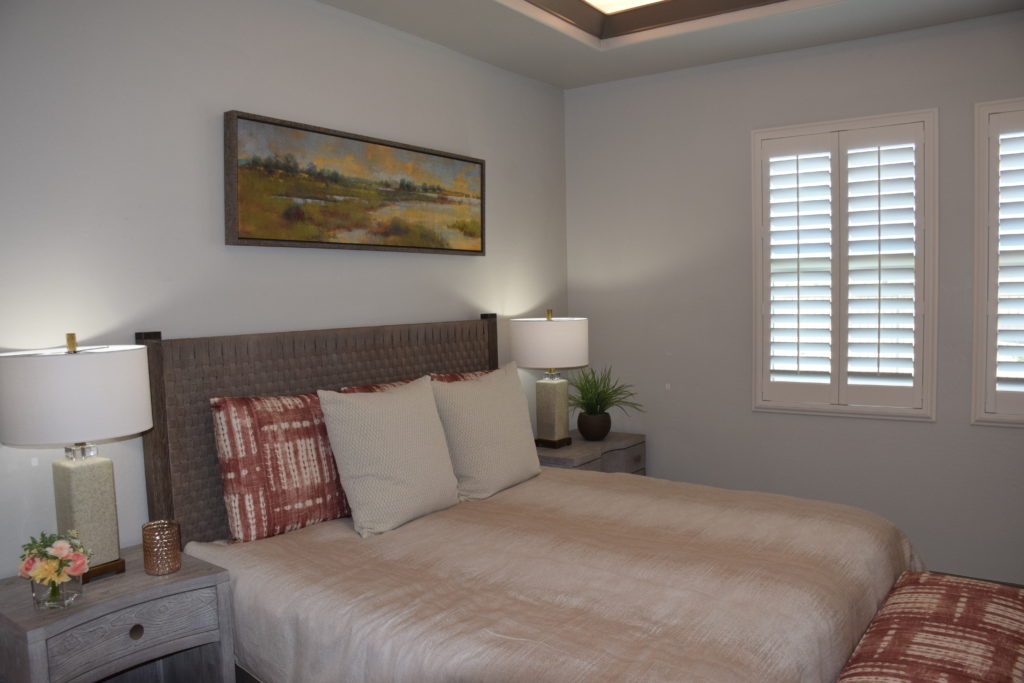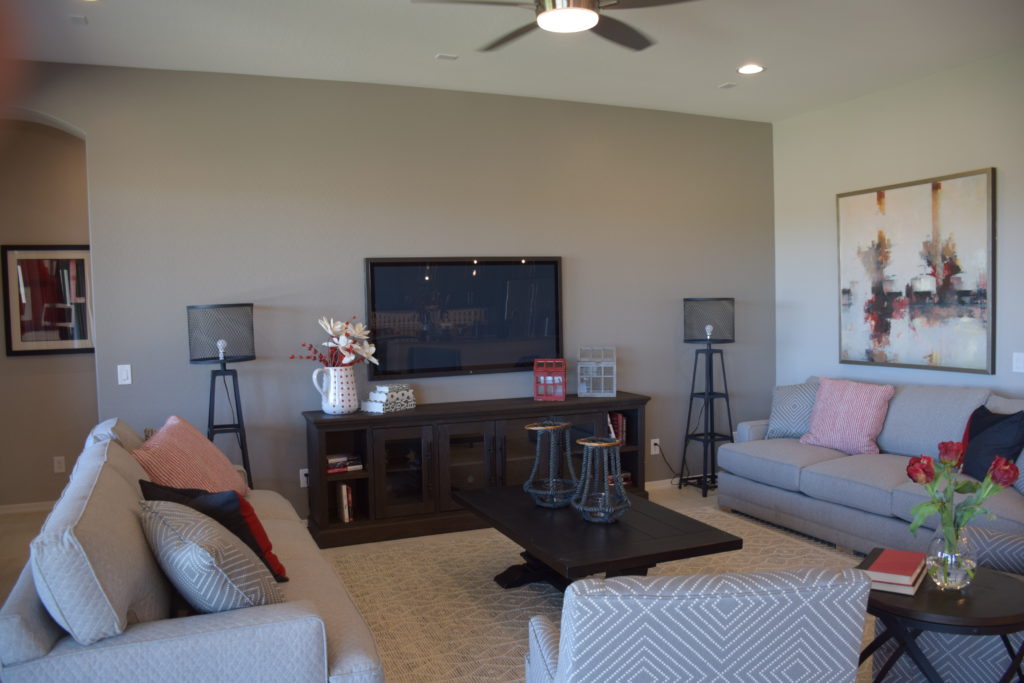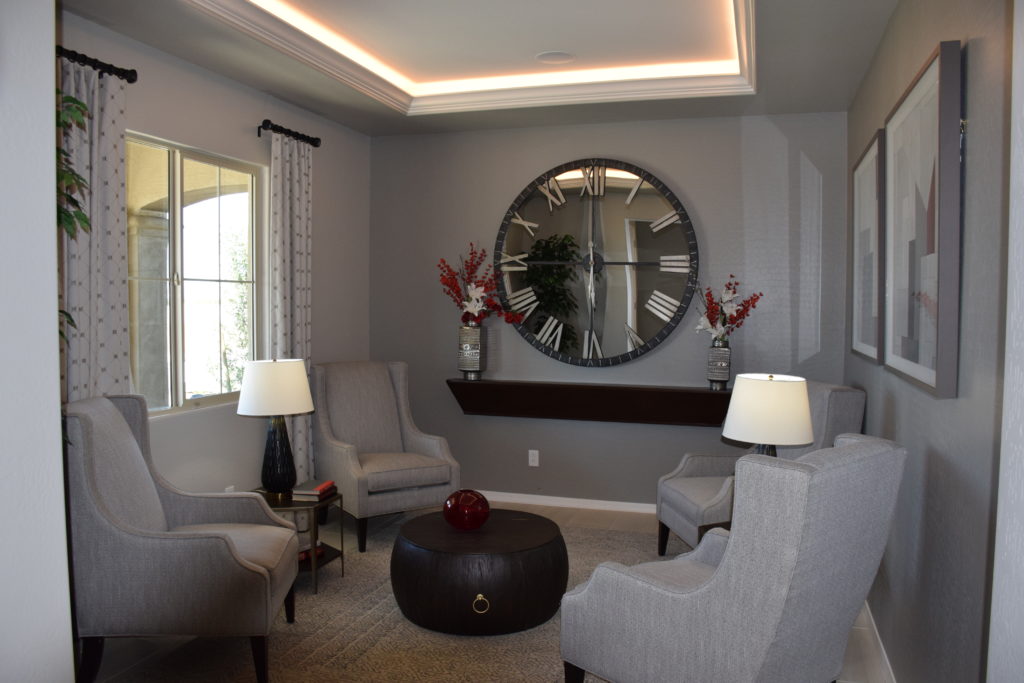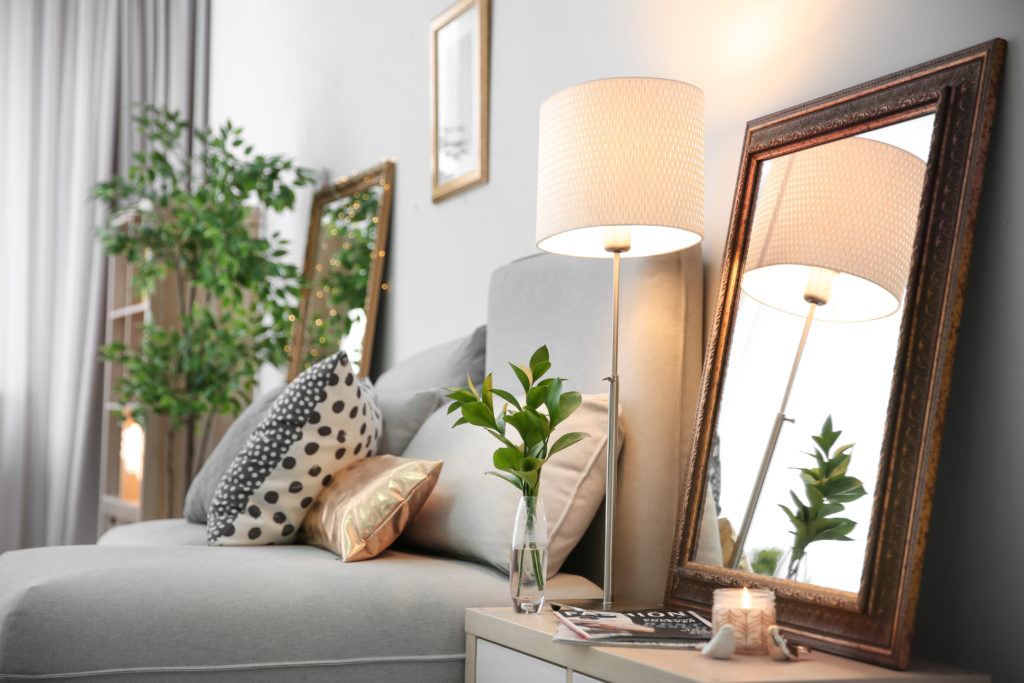
Lamps are some of the finishing touches you will purchase for your room when decorating. However, do not discount their importance to your room’s design. The right lamps can bring your room together perfectly. There are three main types of lamps to choose from—table lamps, floor lamps, and hanging lamps. Depending on the space you are decorating, the look you are going for, and how much light you will need the lamp to provide, one of these three types of lamps should suit your space.
The first thing you will want to do when deciding on what lamp to purchase is the size of the space it will be going. If it is a table lamp, be sure to measure your table so that you don’t get a lamp that overpowers it, or is too small to even be noticed. For hanging lamps and floor lamps the principle is the same thing, you will just be considering a different area.

Next, you will have to decide what kind of design you want for your lamp. There are so many choices out there and it can seem overwhelming but before you begin browsing sit down in the room and look around you. What is the theme of your design? Do you even have one or is it more eclectic than that?
Consider that glass bases will look lighter in your space and can work really well with modern designs. Wooden and metal bases offer a heavier feel to them and work well in more traditionally decorated rooms. The only way you’ll know what style to look for is to decide what will work best in the room.
Finally, you will want to figure out what the function of the lamp is. If your lamp is going to be the main source of light in your room, then you will want to go for a lamp that is both brighter and larger. A floor lamp or hanging lamp would work well in this situation. If your lamp’s purpose is more for bedside reading at night you should look for softer lighting like a small bedside table lamp with a low glow. These three steps should help ease your lamp buying process.


